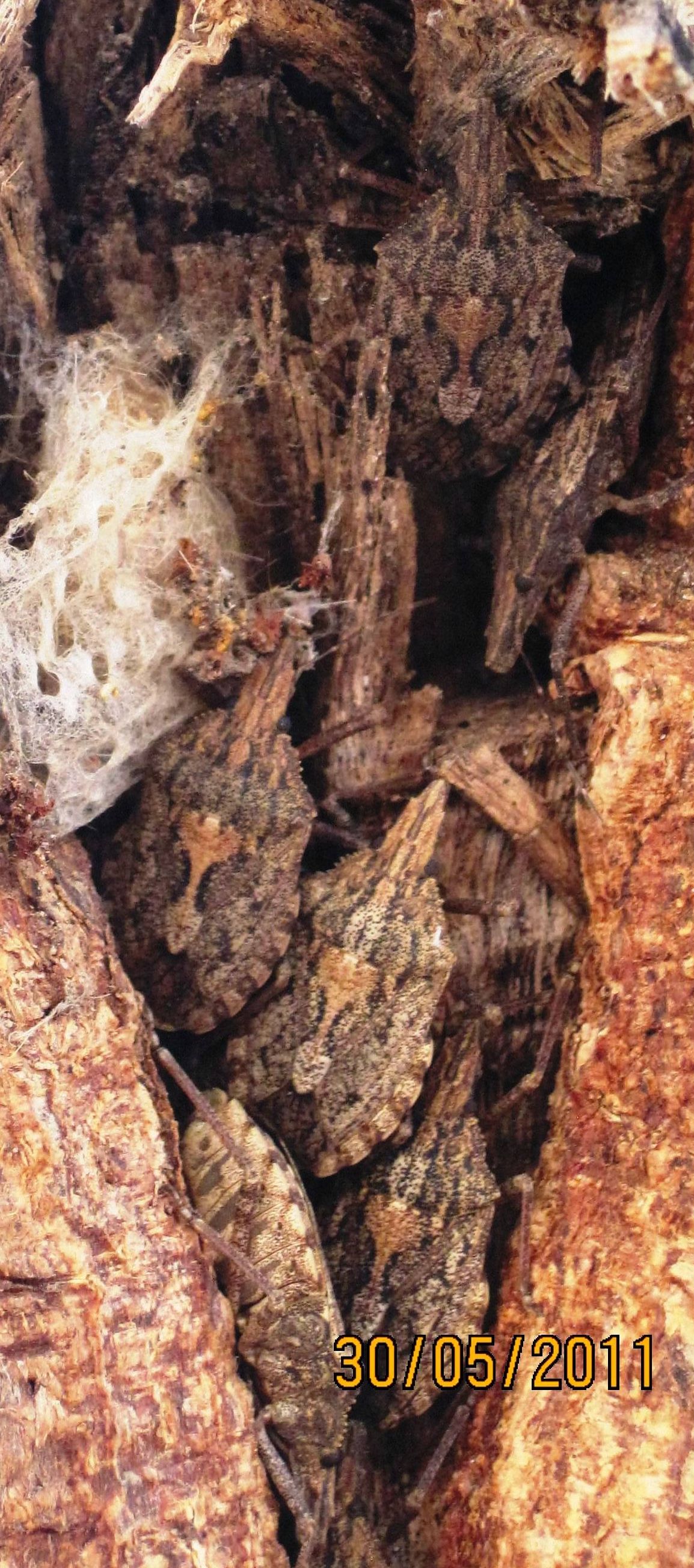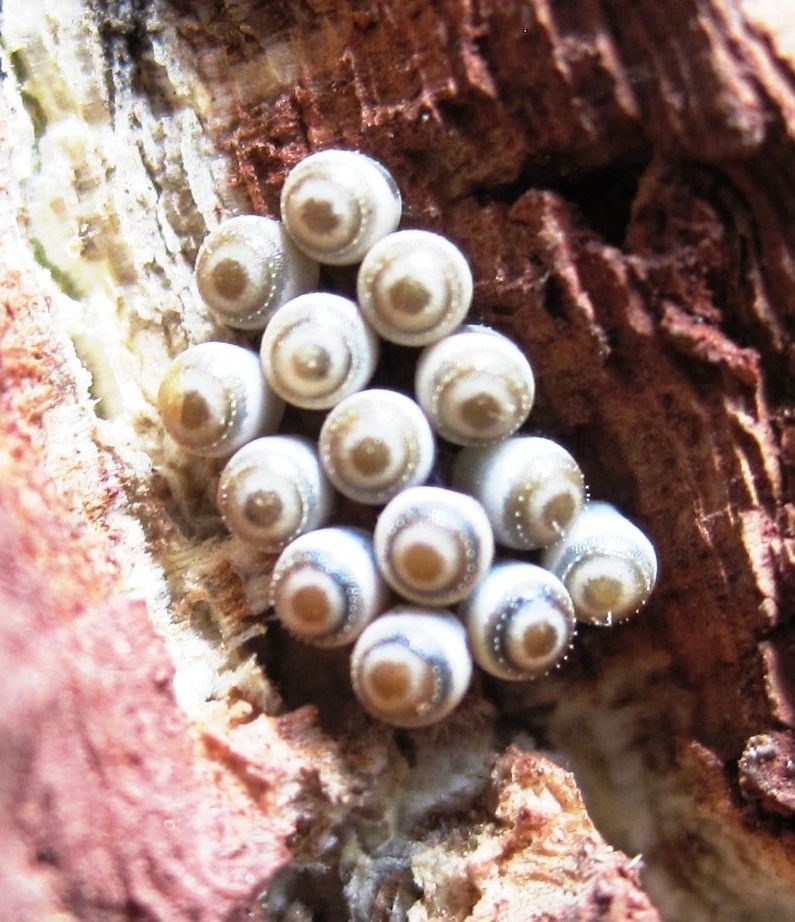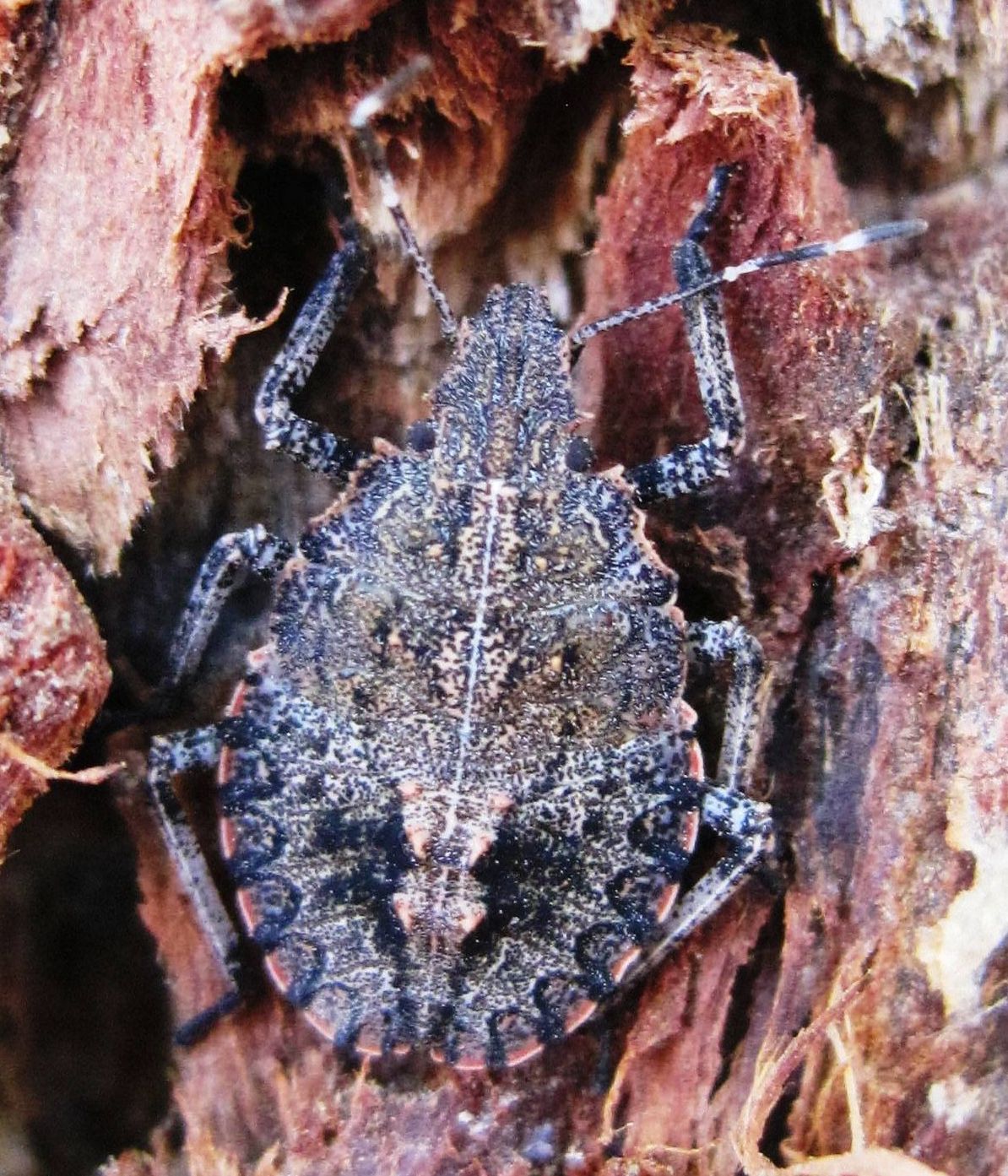 |
|
|
|
Halys Fabricius, 1803 Halys Fabricius, 1803: 180. Type Species: Halys dentatus Fabricius, 1803, by subsequent designation (Kirkaldy, 1900). Included Species: serricollis Westwood, 1837
Ghauri (1988) revised the
genus Halys, excluding all known Asian species except 3 (serricollis,
serrigera, sulcatus), and he described a 4th species as new (shaista).
I have examined specimens of 4 different species, 3 of which match pretty well
with the 3 previously described species; the 4th is close, if not
the same as shaista. There are still several species
from the Middle East and Africa that are still included in this genus. I
have never seen a specimen of true Halys from those regions.
|
||||||||||||||||||
|
Revised key to species
* H. serricollis is easy to Identify - the smooth lateral margins of the head are diagnostic, and the male pygophore is distinct (lacking the medial projection on the posteroventral surface). In fact, Ahmad & Perveen (1982) described the genus Neohalys for this species and 3 others they described as new from the Pakistan region. * H. shaista is also fairly distinct, but there is a slight problem. Ghauri (who only examined 2 male specimens) described shaista as having a small tooth on the head of the paramere located on the dorsal edge. I have examined a number of specimens, and they agree with this, except in a couple cases the small tooth is reduced to a mere angulation. The problem is that Ghauri also described this species as having the paramere lacking any teeth on the external (lateral) surface. All specimens that I have examined have a fairly distinct tooth on the lateral surface, but it is located more posteriorly and more ventrally than in either serrigera or sulcatus; it is also somewhat more elongate. * The remaining 2 species, serrigera and sulcatus are difficult to separate without looking at a series of specimens. There does seem to be some overall variability in the shape (outline) of the parameral head, but the location of the tooth on the external surface, the tooth on the lateral wall of the genital cup, and the shape of the posterior margins of the basal plates seem to work fairly well. Ghauri also uses the presence or absence of a small tooth on each juga just in front of the eyes - this does not seem to work very well for me. |
|||||||||||||||||||
|
|
|||||||||||||||||||
David A. Rider
Professor of Entomology
North Dakota State University
E-Mail:
David.Rider@ndsu.edu
Published by the
Department of
Entomology
Prospective students may schedule a visit by calling 1-800-488-NDSU.


